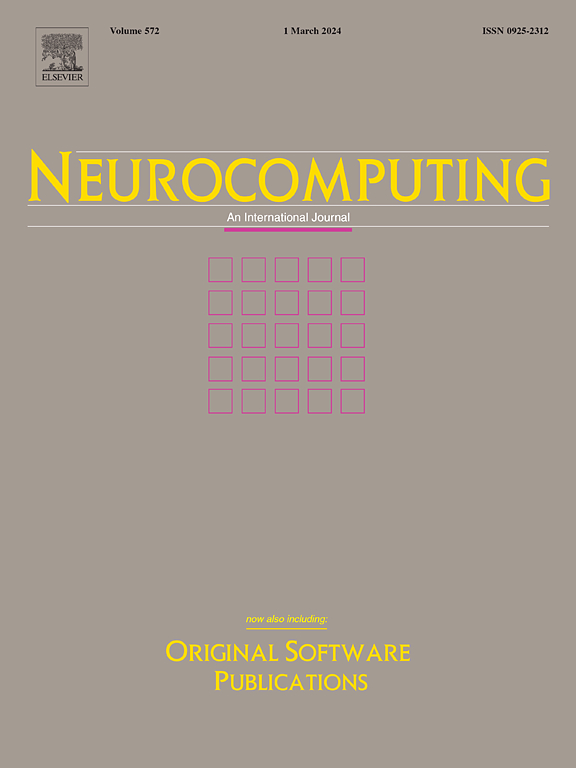A state-of-the-art survey on neural computation-enhanced Dempster–Shafer theory for safety accidents: Applications, challenges, and future directions
IF 5.5
2区 计算机科学
Q1 COMPUTER SCIENCE, ARTIFICIAL INTELLIGENCE
引用次数: 0
Abstract
Frequent workplace accidents associated with rapid industrialization has become the global focus. Such accidents not only pose a serious threat to the safety and health of employees but can also incur substantial economic losses and reputational damage for companies. Therefore, determining ways to effectively reduce workplace accidents and their possibilities has become an urgent problem that needs to be solved. In the field of safety management, numerous scholars and practitioners are committed to researching and applying various theories and methods to improve workplace safety. Recently, the Dempster–Shafer theory (DST) has garnered attention an important uncertainty reasoning method in the field of safety management. By integrating information from multiple sources, the theory can make effective reasoning using uncertain or incomplete information and provide strong support for safety management decision-making. Recently, neural computation techniques have been explored to enhance the reasoning capabilities of DST, enabling more efficient fusion and analysis of complex and high-dimensional safety data. In view of this, this study systematically reviews relevant papers on DST in the field of safety, accident, and emergency management and forms a systematic literature review (SLR). To support and guide the completion of this work, this paper proposes three research questions based on the 4R crisis management theoretical framework. On the same theoretical basis, the selected literature is sorted and analyzed according to the four dimensions of , , and , covering all aspects of these dimensions; moreover, the results are obtained through SLR. The final results show that DST enhanced with neural computation plays vital roles in the field of safety, accident, and emergency management. This coupling reduces the limitations of DST, expanding its scope in the process. However, several limitations remain to be solved. Accordingly, this paper analyzes ways to solve the extended theory, practical application dimension, and related defects of DST in the field of safety, accident, and emergency management and draws some conclusions.
神经计算增强的安全事故Dempster-Shafer理论的最新研究:应用、挑战和未来方向
伴随快速工业化而来的工伤事故频发已成为全球关注的焦点。这类事故不仅对雇员的安全和健康构成严重威胁,而且还可能给公司造成重大经济损失和声誉损害。因此,如何有效地减少生产事故及其发生的可能性已成为一个迫切需要解决的问题。在安全管理领域,众多学者和从业人员致力于研究和应用各种理论和方法来提高工作场所的安全。近年来,Dempster-Shafer理论作为一种重要的不确定性推理方法在安全管理领域受到了广泛的关注。该理论通过整合多源信息,可以利用不确定或不完全信息进行有效推理,为安全管理决策提供有力支持。近年来,神经计算技术被用于增强DST的推理能力,使复杂高维安全数据能够更有效地融合和分析。鉴于此,本研究系统地回顾了安全、事故和应急管理领域的相关文献,形成了系统的文献综述(SLR)。为了支持和指导这项工作的完成,本文基于4R危机管理理论框架提出了三个研究问题。在相同的理论基础上,选取的文献按照Reduction、Readiness、Response和Recovery四个维度进行整理和分析,涵盖了这些维度的各个方面;此外,还通过单反获得了结果。结果表明,神经计算增强的DST在安全、事故和应急管理领域具有重要作用。这种耦合减少了DST的限制,扩大了它在过程中的范围。然而,仍有几个限制有待解决。据此,本文分析了如何解决数字化数据管理在安全、事故和应急管理领域的延伸理论、实际应用维度和相关缺陷,并得出了一些结论。
本文章由计算机程序翻译,如有差异,请以英文原文为准。
求助全文
约1分钟内获得全文
求助全文
来源期刊

Neurocomputing
工程技术-计算机:人工智能
CiteScore
13.10
自引率
10.00%
发文量
1382
审稿时长
70 days
期刊介绍:
Neurocomputing publishes articles describing recent fundamental contributions in the field of neurocomputing. Neurocomputing theory, practice and applications are the essential topics being covered.
 求助内容:
求助内容: 应助结果提醒方式:
应助结果提醒方式:


